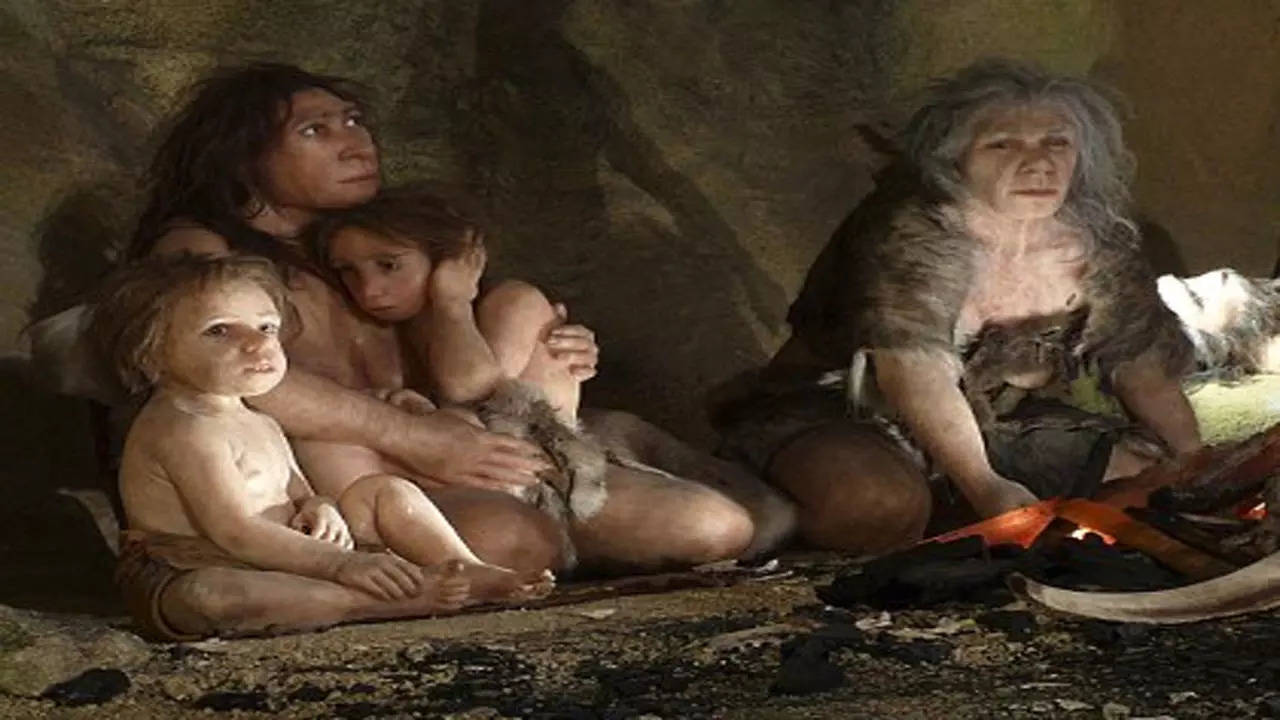Archaeologists from Johannes Gutenberg University Mainz, Leibniz Zentrum für Archäologie, and Leiden University have made a groundbreaking discovery at the 400,000-year-old hominin open-air site of Bilzingsleben in central Germany, reported Sci.news. The researchers identified cut marks on bones belonging to two beaver species, challenging conventional wisdom about the dietary choices of Middle Pleistocene hominins.
The findings, published in a recent study, suggest a greater diversity in prey choices by early hominins than previously acknowledged. Contrary to the common assumption of a narrow subsistence base focused on large ungulates, the research indicates a broader spectrum of prey choices, including small animals, plants, and aquatic foods, dating back 400,000 years.
Study lead Sabine Gaudzinski-Windheuser explained, “A solid understanding of early hominin diets, key for tracking human behavioral and cognitive evolution, is hampered by the fact that the archaeological record is strongly biased towards the remains of large ungulates.”
The researchers focused on the Bilzingsleben site, examining 2,496 remains of two beaver species: the living Eurasian beaver (Castor fiber) and the extinct giant beaver Trogontherium cuvieri. By meticulously analyzing cut marks from stone tools using magnifying glasses and digital microscopes, the team unveiled evidence of intensive use of beaver carcasses.
Interestingly, the beaver remains from Bilzingsleben predominantly represented young adults. The researchers suggested that repetitive hominin predation on young adult beavers over an extended period may have led to this dominance within the assemblage.
The findings challenge previous notions about hunting tactics for beavers, indicating specific individual-targeting hunting practices. While historical sources suggest beavers were typically caught with nets or traps, the focus on young adults at Bilzingsleben suggests a more nuanced approach to hunting these semi-aquatic animals.
The research not only sheds light on the dietary habits of Middle Pleistocene hominins but also challenges the timeline of “broad-spectrum diets,” suggesting that such practices may have been present much earlier in human history than generally assumed.
The findings, published in a recent study, suggest a greater diversity in prey choices by early hominins than previously acknowledged. Contrary to the common assumption of a narrow subsistence base focused on large ungulates, the research indicates a broader spectrum of prey choices, including small animals, plants, and aquatic foods, dating back 400,000 years.
Study lead Sabine Gaudzinski-Windheuser explained, “A solid understanding of early hominin diets, key for tracking human behavioral and cognitive evolution, is hampered by the fact that the archaeological record is strongly biased towards the remains of large ungulates.”
The researchers focused on the Bilzingsleben site, examining 2,496 remains of two beaver species: the living Eurasian beaver (Castor fiber) and the extinct giant beaver Trogontherium cuvieri. By meticulously analyzing cut marks from stone tools using magnifying glasses and digital microscopes, the team unveiled evidence of intensive use of beaver carcasses.
Interestingly, the beaver remains from Bilzingsleben predominantly represented young adults. The researchers suggested that repetitive hominin predation on young adult beavers over an extended period may have led to this dominance within the assemblage.
The findings challenge previous notions about hunting tactics for beavers, indicating specific individual-targeting hunting practices. While historical sources suggest beavers were typically caught with nets or traps, the focus on young adults at Bilzingsleben suggests a more nuanced approach to hunting these semi-aquatic animals.
The research not only sheds light on the dietary habits of Middle Pleistocene hominins but also challenges the timeline of “broad-spectrum diets,” suggesting that such practices may have been present much earlier in human history than generally assumed.
Denial of responsibility! Swift Telecast is an automatic aggregator of the all world’s media. In each content, the hyperlink to the primary source is specified. All trademarks belong to their rightful owners, all materials to their authors. If you are the owner of the content and do not want us to publish your materials, please contact us by email – swifttelecast.com. The content will be deleted within 24 hours.


